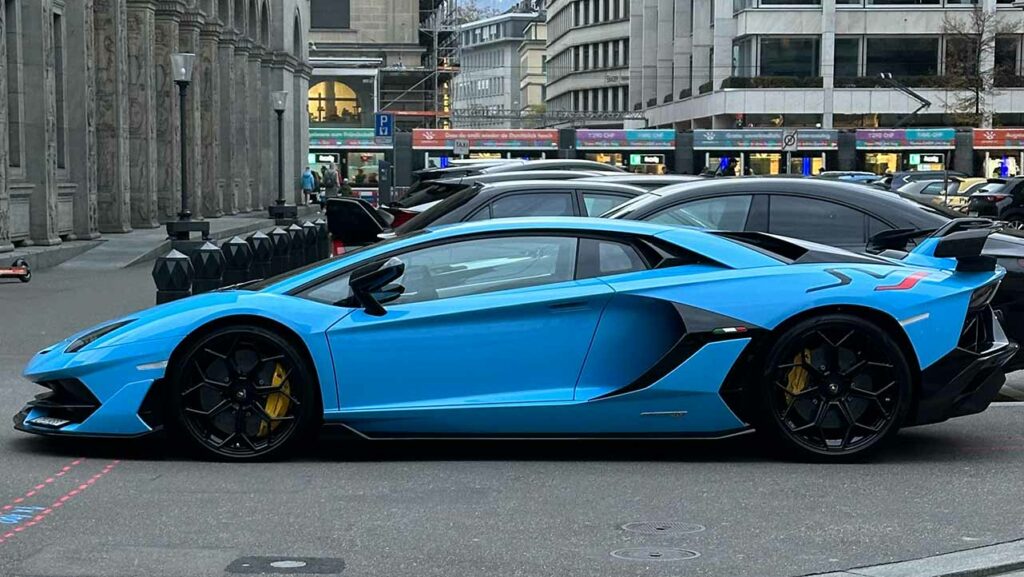Is the Lamborghini Aventador the Last True Analog Supercar?

In a world where supercars are rapidly embracing hybridization, electrification, and advanced driver aids, the Lamborghini Aventador stands as a defiant symbol of the analog era. With its naturally aspirated V12 engine and visceral driving experience, the Aventador might very well be the swan song of a bygone automotive philosophy. But what makes this car so unique in the modern supercar landscape?
The Aventador debuted in 2011 as Lamborghini’s flagship, succeeding the legendary Murciélago. From the outset, it was clear that Lamborghini had created something extraordinary. Powered by a 6.5-liter V12 engine that delivered 700 horsepower in its original form, the Aventador was a beast designed to thrill. Over its production lifespan, variants like the SV, SVJ, and Ultimae pushed the envelope even further, with power outputs exceeding 770 horsepower.
What sets the Aventador apart isn’t just its raw power—it’s how that power is delivered. Unlike its rivals, which often rely on turbocharging or hybrid systems, the Aventador’s naturally aspirated V12 provides a pure and linear surge of power, accompanied by an unforgettable symphony of sound. This engine, free of forced induction, connects the driver to the car in a way that few modern vehicles can match.

Beyond the engine, the Aventador’s single-clutch automated manual transmission adds to its analog character. While dual-clutch systems dominate the market for their seamless shifts, Lamborghini retained a more traditional setup to preserve the raw, mechanical feel of the car. Some may argue that the shifts are aggressive and less refined, but for purists, this is part of the Aventador’s charm.
The design of the Aventador is another factor that elevates it to icon status. Its sharp, angular lines, scissor doors, and low-slung stance make it instantly recognizable as a Lamborghini. Each iteration of the Aventador has added unique styling elements, but the core design remains timeless—a true poster car for a generation.
However, the Aventador isn’t without its quirks. Its large dimensions and heavy weight can make it a challenge to handle on tight roads. Yet, these characteristics are part of what make it feel alive. It’s not a car built for lap records or ultimate precision; it’s a car built to evoke passion and excitement.
With Lamborghini’s announcement that the Aventador Ultimae will be the final iteration of the V12-powered model before the brand transitions to hybrid powertrains, the Aventador has secured its place in history. It’s a reminder of an era when supercars were raw, loud, and unapologetically excessive.
For enthusiasts, the Aventador represents more than just a car—it’s a philosophy, a connection to the roots of what makes driving thrilling. As the automotive world moves toward a future of silent electric powertrains and autonomous driving, the Aventador stands as a monument to the analog experience. True legends like the Aventador aren’t just remembered—they’re celebrated for decades to come.




